
Why Clothing Brands Fail
Top Different Types of Shirts for Women and Men Top Different Types of Shirts for
How Technology in Clothing Manufacturing Is Changing Design and Prototyping Industry through Innovation and Higher Collaboration
In the last few decades, technology almost revolutionized every industry and the private label clothing manufacturer sector is no exception either.
But, it leads us to the question. Has technology truly revolutionized how we operate in the clothing industry, or is it just a clever marketing ploy to persuade us to pour money into new tools and flashy advertising? Are we genuinely reaping the benefits, or are we just chasing a mirage?
The harsh reality is that, despite the promise of innovation, many private-label companies are still struggling to overcome the same old issues of inefficiency, waste, and environmental degradation.
On the bright side, however, technology can be the solution. Using advanced technology in your production can solve these problems and make your brand a winner. With today’s technology, making things has indeed become easier and competent within manufacturing. From the introduction of 3D design, and virtual samples, to real-time inventory tracking with AI predicting demand, everything is sure to improve with regards to production. This will come about due to the fact that utilization of the mentioned tools does speed the production process, provides high-quality products, and has a good working relationship between your company and your suppliers.
Being sustainable is no longer a choice; it is a compulsion. Today’s consumers are demanding that brands be responsibly engaged, and technology certainly comes in handy to discover all eco-friendly production methods that further minimize waste and save resource utilization. Sustainable materials utilization and technology-based recycling with data management over resources guarantee your brand is not only a custom clothing manufacturer but also a responsible undertaking. The role of technology in private label clothing manufacturing progress is basically changing to be better, thus effectual, sustainable, and creative. If you want to improve your business a6+bout the private clothing line, you should adopt these new technologies. This will help you solve the current problems and prepare for future competition. Using technology means you’re on the right path to guarantee your business’s bright future and meet changing customers’ needs. Now is the time to grab this opportunity and lead your brand into a whole new realm of manufacturing success.
Design and prototyping is a dynamic industry because it is made of new ideas and technological advancements. We look at the evolution in the fashion industry regarding 3D design, virtual prototyping, and CAD in this report. Knowing about these tools allows you to make improvements with your brand and design work.
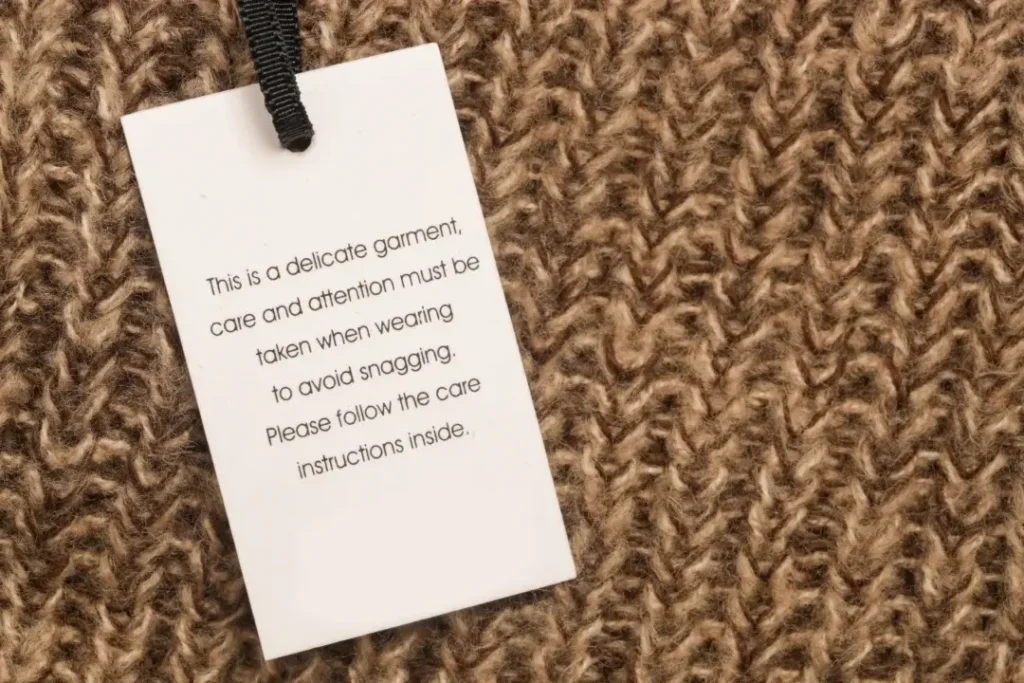
With 3D design and virtual prototyping, many aspects of your creative work will be higher as follows:
With 3D design tools, fashion brands can see the product in digital form, there by making fewer real samples, saving them time, money, and materials involved.
Virtual prototyping makes it possible to prototype rapidly. You can try color options, patterns, styles, and much more very easily, thereby reducing the duration that would be taken when a product is to go into the market without it losing quality.
You will find that you can streamline your product development process more with these technologies and possibly even work better with a design team.
There is software for nearly everything but a few popular ones listed are:
This is great 3D pattern design software that provides one with useful feedback at the design stage by helping make accurate digital prototypes that seem to represent the final product.
It assists in the making and grading of a pattern that ultimately helps design better productions.
Here are some, but there is no count of examples. Many others could refine your design thinking. Brands need to explore multiple options and decide upon which is the best according to their needs.
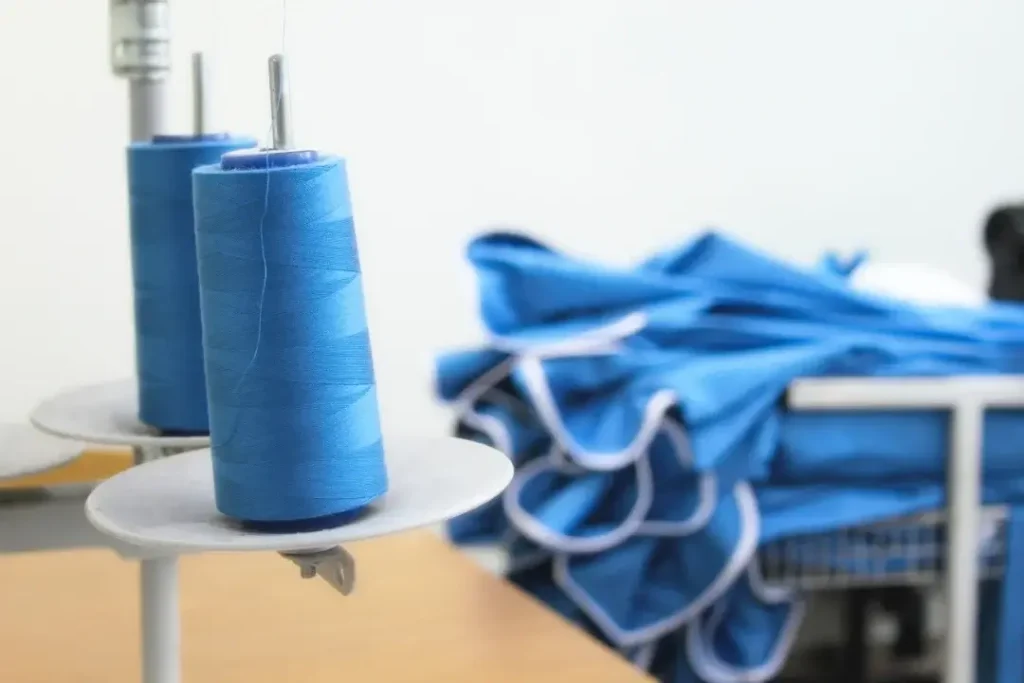
Computer-aided design (CAD) is very important in fashion as it makes the design-to-production process easier. You can form precise drawings and patterns required for production planning with CAD.
CAD tools not only make designs easier to create but also help designers and production teams uniform work better together. It is through this communication that the ideas from the design stage are correctly made in production, dropping mistakes and speeding up the process.
Here are a couple of CAD software options that can help your design work:
This software is famous for graphic design in fashion for detailed designs and specifications. Its flexible tools provide precise changes and creativity.
This software offers very powerful design tools that enable a fashion brand to come up with very complex designs, which will be accurately brought to life.
They are excellent examples. There are still so many other solutions when it comes to using CAD for varied needs within fashion, and most of those depend on choices that look more suited or matched.
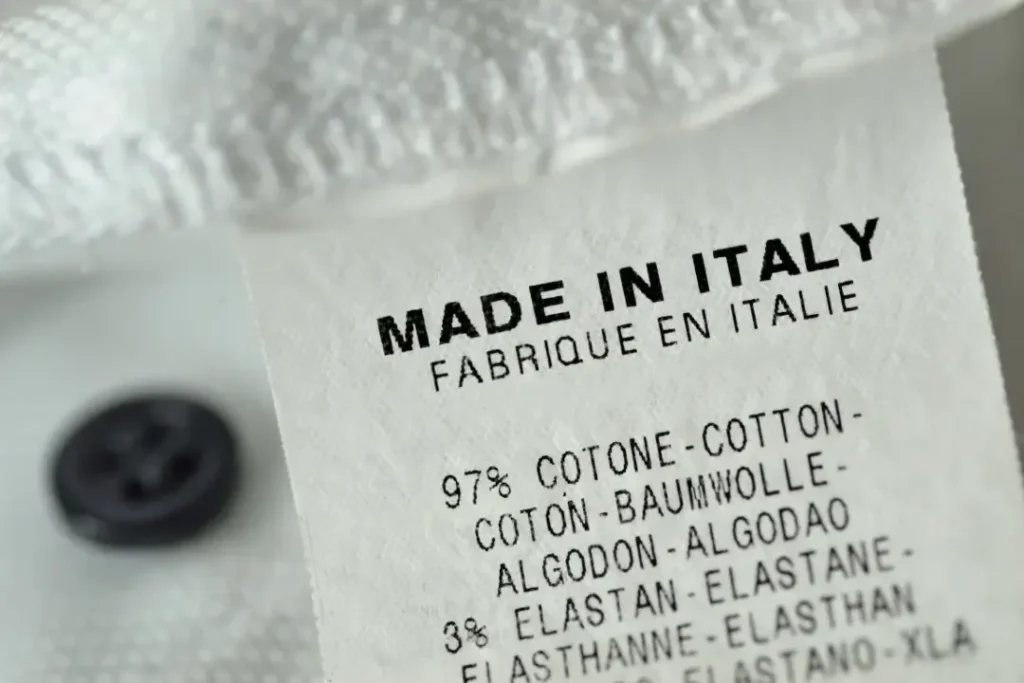
Fashion should keep up-to-date of what is current with the changing trends, just as it has been keeping abreast with quality designs. New design and prototyping tools let you make and test collections in a more effectual and precise manner. Utilizing 3D design and virtual prototyping, such as CAD, can also permit faster and more competent design and production, hence making one fit well in the market.
You will find that 85% of fashion companies today apply 3D design tools to reduce samples and quick design changes, as per McKinsey. The new way allows designers to make very detailed 3D models of their ideas without creating actual samples. Through virtual prototyping, you can try out colors, textures, and styles much faster and cheaper than conventional ways.
Virtual prototyping saves resources as well as is a way to sustainability: it cuts the physical samples by up to 70% (OptiTex). Can you imagine showing collections to your partners and customers before having made physical samples? This makes the creative process much quicker, and the people work with each other more effectively. As a result, one can expect the most creative designs.
Using 3D design and virtual prototyping within your work will help make faster decisions, and reduce time to market, thus fashioning products that your target audience loves. This new form of design technology helps brands stay trendy while reducing waste, which is important today in the fashion world.
Switching to CAD or Computer-Aided Design is another change important to help improve your process in designing. Recent studies indicate that 90% of fashion designers use CAD software to make the design and production process more fluid, according to Adobe. CAD software will make it easy to draft detailed patterns and specifications that reflect your designs as being both attractive and ready for production.
Actually, if you are using CAD, it is possible to be quite accurate at the design and reduce the error at design time, making it even simpler for interaction between design and manufacturing, which are actually those key elements to be targeted in a world like that of fast fashion, completely dependent on the changing as well as changing trends and desires.
|
Statistic Description
|
Source
|
Percentage/Reduction
|
|---|---|---|
|
Fashion companies using 3D design tools to reduce sampling and speed up design iterations
|
McKinsey
|
85%
|
|
Reduction in physical sampling through virtual prototyping
|
OptiTex
|
Up to 70%
|
|
Fashion designers using CAD software to streamline design-to-production process
|
Adobe
|
90%
|
The fashion industry’s changing face demands more customized designs, faster service, and quality in printing. Digital printing technologies have thus been invented. Be a brand to maintain the trend or a manufacturer that really needs to bring out productivity; you know how digital printing helps your products and brings out the satisfaction in customers. In this section, we will discuss the two most prominent and popular forms of digital printing: DTG Printing and Dye-Sublimation Printing. Such technology will help your brand move ahead in terms of development and pick up the speed of production to meet their requirements.

This DTG printing is a game-changer for customizing clothing. For one, you do not have to print out so many items at once. You can make one or two pieces or a few of them without the huge cost sustained by traditional printing. It is whether you are taking orders from people or introducing a new special line; DTG printing permits you to fulfill the needs of your market without any excess stock.
The right printer determines the full potential of DTG printing. Two leaders that top the list are as follows:
Epson’s DTG printers are famous for the most advanced technology. They guarantee great quality and vibrant colours. You can get detailed designs on any type of fabric, which is why these printers are liked by many brands.
Brother is famous for making easy-to-use, well-organized DTG printers for every business, be it small or large. Brother’s fast and flexible printers help you meet client demands as quickly as you can and keep production running.
Dye sublimation printing is a very exciting digital printing methodology that can greatly improve your products with bright, detailed prints such as photographs.
Quick production is also an easy thing to do through dye-sublimation printing. Because likings among customers quickly change, you become much more flexible and responsive, qualifying you to make top-quality, customizable products quickly. This way, you can introduce new designs without waiting for extended periods.
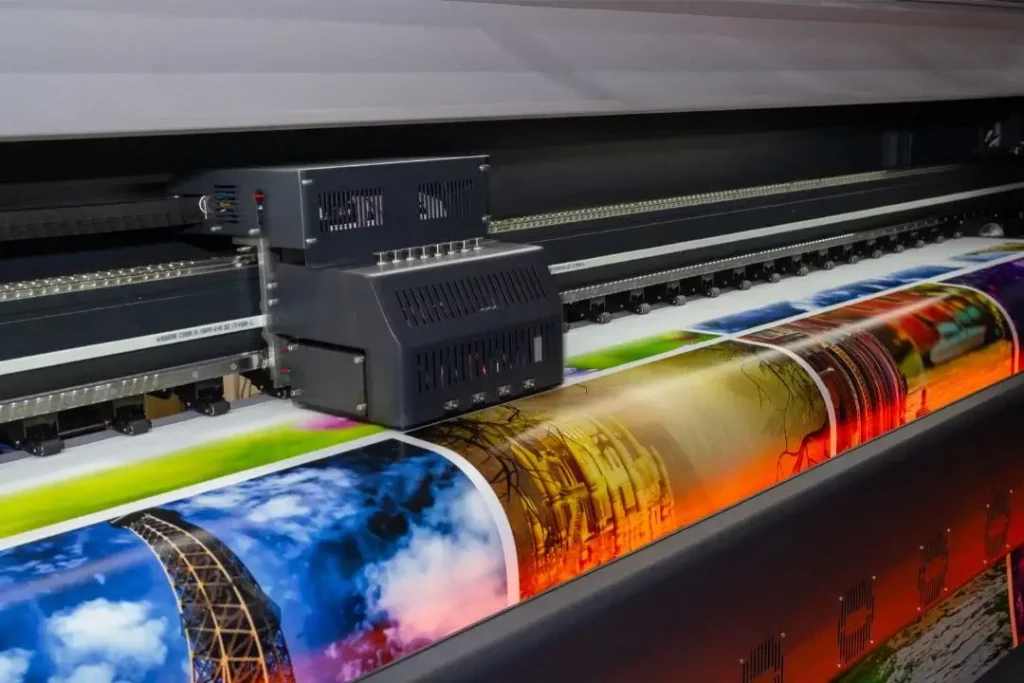
Because dye-sublimation printing can be used with so many different products, you can easily expand your range. Some of the most common applications include:
Starting with simple t-shirts-manufacturer and going into home textiles, with this sublimation, you achieve full-color designs that change into the fiber of your fabric-making your apparel long-lasting and lively.
You may also print on bags, scarves, and hats as a means of adding flexibility to how you express the creativity of your brand. More diverse products will also attract new customers and improve sales.
|
Technology
|
Key Statistic
|
Source
|
|---|---|---|
|
Direct-to-Garment (DTG) Printing
|
DTG printing market is expected to grow at a CAGR of 12.1% from 2020 to 2025.
|
Markets and Markets
|
|
|
75% of apparel manufacturers use DTG printing for small-batch production.
|
DTG printing market is expected to grow at a CAGR of 12.1% from 2020 to 2025.
|
|
Dye-Sublimation Printing
|
Dye-sublimation printing market is projected to reach $3.4 billion by 2027.
|
Grand View Research
|
The clothing industry is moving very fast. To remain competitive, it is extremely important to be effective and accurate. Improvement in operations can be made with the help of automation in order to increase productivity and lessen mistakes. This section focuses on two main areas: Automated Cutting and Sewing and Inventory Management with ERP Systems. Learning about these tools will help you improve your production and better meet market demands.
Automated cutting and sewing change how you make clothes by making them both faster and more precise. Using automatic machines increases speed but doesn’t compromise the quality when delivering orders.
For example, cutting machines cut automatically. This saves material waste that usually happens when cutting is done manually. This proficiency will make sure you meet the customer’s orders faster while using good amounts of fabric. Further, automatic sewing machines can stitch complicated stitches with perfection, giving your products consistent quality. This results in satisfied customers and an improved brand reputation.
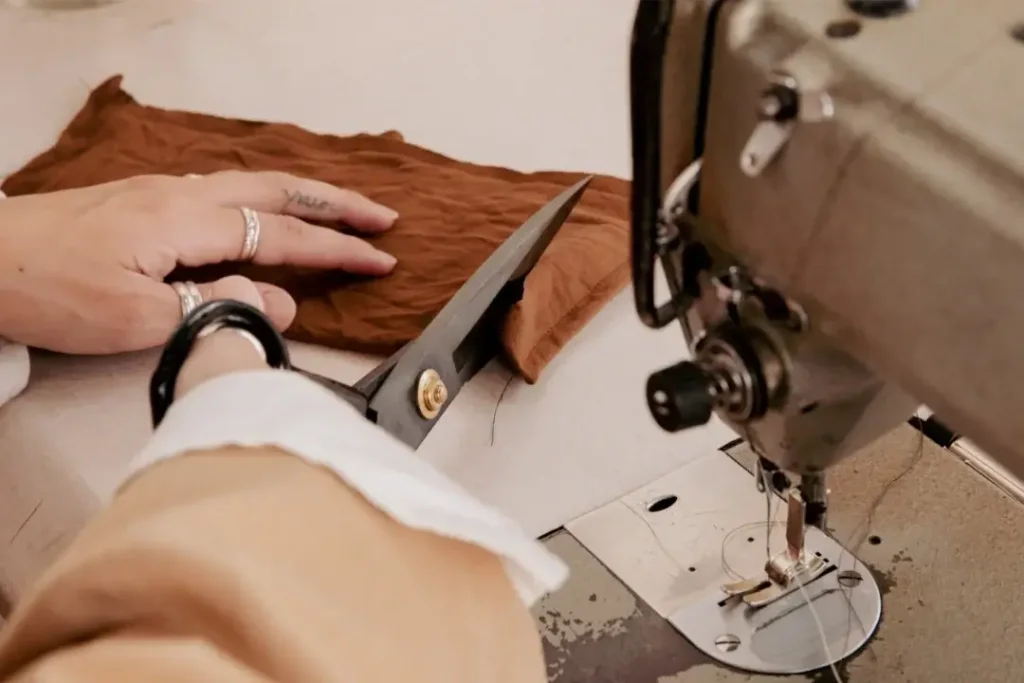
Some top automated cutting systems are introduced here to get you going.
Gerber supplies some of the best-advanced cutting machines that go well with most design software. Therefore, you can easily see that there is a streamlined process, which makes work even more productive and free of error.
Bullmer offers very powerful cutting systems that can take an inclusive range of fabric, whether it is thin, heavy, or even bulky in size. The cutting accuracy of Bullmer is superior, and it provides more classy software that guarantees materials are used as much as possible without waste, which, of course, means savings.
With automation in cutting and sewing, effective inventory management will always help optimize your operations. A properly fitting ERP (Enterprise Resource Planning) system will help in better production planning and control.
Good inventory management, as such, would present for your judgment inventory levels and runs. Visibility through good management will then give you good and wise decisions not likely to stick out or produce extra inventory. Production then, because of visibility, can better flex with market trends.
ERP software packages are given as follows:
Microsoft Dynamics can be flexible to work successfully with other application software. It manages the inventory, production planning, and financial records of your business, aiding you to run it better.
SAP is also one of the very strong options, used widely in the clothing industry. Its loads of features help in managing supply chains to schedule the production sequences. Using SAP organizes your resources in a well-organized manner and prepares your business for the demands of its customers.
Sustainability is currently among the most critical concerns among consumers, which makes it a very crucial aspect to be incorporated in clothing firms. Sustainable manufacturing can bring your brand closer to this eco-friendly market. These are the key aspects involved in sustainable manufacturing: they consist of Eco-Friendly Materials, Production Methods, and Recycling Technology. Using any of these, you may be able to meet up with what the consumers want and prove your brand accountable.
|
Category
|
Key Statistic
|
Source
|
|---|---|---|
|
Automated Cutting and Sewing
|
Automated cutting systems can increase productivity by up to 50%.
|
Gerber
|
|
|
60% of textile manufacturers plan to invest in automation technologies.
|
ITMA
|
|
Inventory Management and ERP Systems
|
ERP systems can reduce inventory costs by up to 20%.
|
SAP
|
|
|
80% of fashion companies use ERP systems to streamline production planning.
|
Microsoft Dynamics
|
There is a big part of sustainable manufacturing in the kind of materials that are adopted. You can expand your product line through the use of sustainable fabrics such as these:
This comes from farms that do not use chemicals that harm the environment. You are doing good, and you are also making good on the requests of customers who want safe sustainable fabrics

It is produced from post-consumer used plastic bottles. This eliminates waste and saves more new resources while still remaining strong. Recycling polyester into clothing is an affirmation of sustainability, thus attracting regulars who are ecologically aware.
Using recyclable material is only one aspect of being dedicated to the cause of decreasing waste and energy consumption. Wasting can be reduced and energy conserved through the use of smart manufacturing.
For example, garment cutting using machines lessens the leftover material. Energy-saving Resource- and cost-effective machines also find their usage. Less waste and energy consumption grow your sustainability and, thus your profit.
Making recycling technology part of your manufacturing is important for sustainable growth. Several recycling methods help you reuse materials instead of sending it to landfills.
This process involves breaking down old textiles to make new fabrics. Through mechanical recycling, one can minimize waste in production and, ultimately, create a circular economy for the business.
This high-level process of breaking down artificial fibers to their constituent level enables you to produce completely new fibres. Chemical recycling is key to solving those problems in non-biodegradable textiles and demonstrates advanced thinking for your brand and sustainability.
You use closed loop production models with a high degree of significance as part of your sustainability programme. Here, the designed product thinks about its reuse and recycling rather than throwing items away.
A closed-loop system would let used clothes to be returned and recycled or redesigned, thereby preventing wastes and keeping customers trustworthy, since consumers like brands that care about their sustainability. Hence, by a closed-loop model, you will manage to gain success in the market that holds eco-friendly activities as their priority.
|
Technology
|
Key Statistic
|
Source
|
|---|---|---|
|
Eco-Friendly Materials and Production Methods
|
Sustainable apparel market expected to reach $12.8 billion by 2027.
|
Statista
|
|
|
75% of consumers consider sustainability when making fashion purchases.
|
Nielsen
|
|
Technology-Enabled Recycling
|
Textile recycling technologies can reduce waste by up to 90%.
|
H&M Foundation
|
Clothing industry is a very fast-moving industry. So, in this fast-moving industry, optimizing your supply chain is very important. You can make your operation better with new methods and technologies. It will make you satisfy your customers more and gain more profit. Two major areas where optimization for your supply chain is presented here: Real-Time Inventory Tracking and AI-Powered Demand Forecasting. This way, when you implement and master these strategies, you could easily make your brand competitive in the marketplace.
With the aid of real-time tracking of the inventory, supply chain management can be largely improved. Amongst many benefits that include the ones discussed below:
Where famous items get out of stock or scarce, it is one such factor that could make all the difference between going great or bad for an image of a brand where customer base is lost also. Tracking at real time does mean to always have the stocks handy where these popular items become more to do with happy customers only resulting in high sales.
You can predict sales much better using real-time tracking. This way, you get a feel of how fast things sell and catch trends to predict what is going to be needed in the future. This helps you make the right decisions regarding restocking, keeping your inventory at the right level and avoiding too much extra stock.
There are advanced technologies, for instance, RFID or Radio-Frequency Identification and scanning bar codes that can execute real-time inventory tracking.
RFIDS change the way you deal with the inventory because they always provide instant and accurate information about whatever you have in stock. Unlike older techniques that always require a front view to scan items, using RFID tags permits many items to be scanned together at the same time hence increasing speed. This thus saves time as well as reduces errors associated with hand counting since you will get actual count of your inventory.
Even though RFID is very powerful, scanning barcodes is still the most competent and popular way to track inventory. Preparing your employees with barcode scanners or allowing them to scan through applications on mobile devices makes it easy to track stock as well as ordering. This simple method keeps accurate records with little effort.
AI-powered demand forecasting can vastly improve the way you carry out your inventory and sometimes even production planning. Smarter algorithms are used to consider large amounts of past, current market trends, as well as consumer behaviour from which AI makes informed sale predictions for you.
This will qualify you to forecast the demand change that minimizes the chances of overstocking or understocking. The better forecasts empower you to use resources more proficiently, which is going to save you some money and permit you to run better in general.
Besides sales prediction, AI also makes it possible for you to plan your production even better. Here is how AI can help your business:
Being in control of your expected demand will better let you utilize materials and labour. In this respect, you would be certain of producing products that correspond with the wishes of customers for you to work at ease and prevent waste from the production line.
Clothing markets do change really fast. This means by incorporating insights in AI, you could make quick market changes through an easy reaction to shift production into different customer demand.
It, therefore, goes without saying that better production planning through good forecasting results in lower costs. This is because extra inventory is reduced and production is made to tally with the actual demand, thereby cutting down on storage costs and improving your profits.
|
Category
|
Key Statistic
|
Source
|
|---|---|---|
|
Real-Time Inventory Tracking
|
RFID technology can reduce inventory errors by up to 90%.
|
RFID Journal
|
|
|
60% of fashion companies use real-time inventory tracking.
|
Supply Chain Dive
|
|
AI-Powered Demand Forecasting
|
AI-powered forecasting can progress precision by up to 40%.
|
McKinsey
|
|
|
50% of fashion companies plan to invest in AI-powered forecasting.
|
Fashionista
|
|
Category
|
Key Statistic
|
Source
|
|---|---|---|
|
Private Label Clothing Market
|
Global private label clothing market to reach $248.2 billion by 2027.
|
Grand View Research
|
|
Technology Investments in Fashion
|
Technology investments in fashion manufacturing can increase productivity by up to 30%.
|
Deloitte
|
Closing our view of how the role of technology in private label clothing manufacturing has changed, it is apparent that these changes have changed the clothing industry. From machines that can automatically cut and sew to systems that track inventory in real time and AI that predicts what customers want, technology has made
processes easier and improved product quality. You learned how the use of ecological materials and digital printing will make your brand stand out in the eyes of today’s environmentally conscious consumer. Going forward, private label manufacturing is the way to go with trends such as blockchain, virtual try-on through augmented reality, and improved sustainable practices that are bound to change the game. By embracing these new technologies, your brand will survive and succeed in the highly competitive marketplace. The key point is: technology is integral to your business strategy.
Take action today. Invest in the appropriate technologies that match your business goals and fill the gap for your customers. This will give you an edge over contestants and build loyalty with customers who care about quality, speed, and sustainability. Commit to using these advanced solutions in your private label clothing manufacturing; see your effectiveness improve, costs go down, and customer satisfaction rise. Do not wait for these changes to happen, but be the innovator and entrepreneur, making a mark in the private label clothing industry. Let’s all together connect technology to shape the future of fashion!
Technology makes production easier, where it automatically completes repetitious processes while improving production stages. For instance, you can easily reduce some time and error by working with 3D designing software and computer-aided design systems, which can help you improve your work procedure to bring things faster to the market at an accelerated speed, ultimately providing you an edge ahead of your participants.
In addition to the above benefits, using sustainable technology in private label clothing manufacturing somehow helps the environment and promotes your brand. Thus, in using ecologically friendly materials and energy-efficient methods of production, you can fulfill consumers’ demands for clothes responsibly manufactured. Moreover, being sustainable would help you cut costs in the long term by using fewer resources and less waste, making your brand a leader in your industry.
Expert Custom Clothing Manufcaturer

Top Different Types of Shirts for Women and Men Top Different Types of Shirts for

What You Must Know About Clothing Samples? Before You Produce a Single Garment: What You

How Much Does It Cost To Make a Hoodie A Complete Cost Breakdown for Custom

Discover the Types of Buttons Discover the Types of Buttons That Transform Style and Functionality
Most Recent Posts
Expert Custom Clothing Manufcaturer
Join our Mailing list!
Get all latest news, exclusive deals and updates.